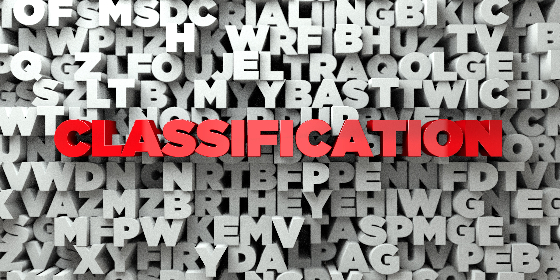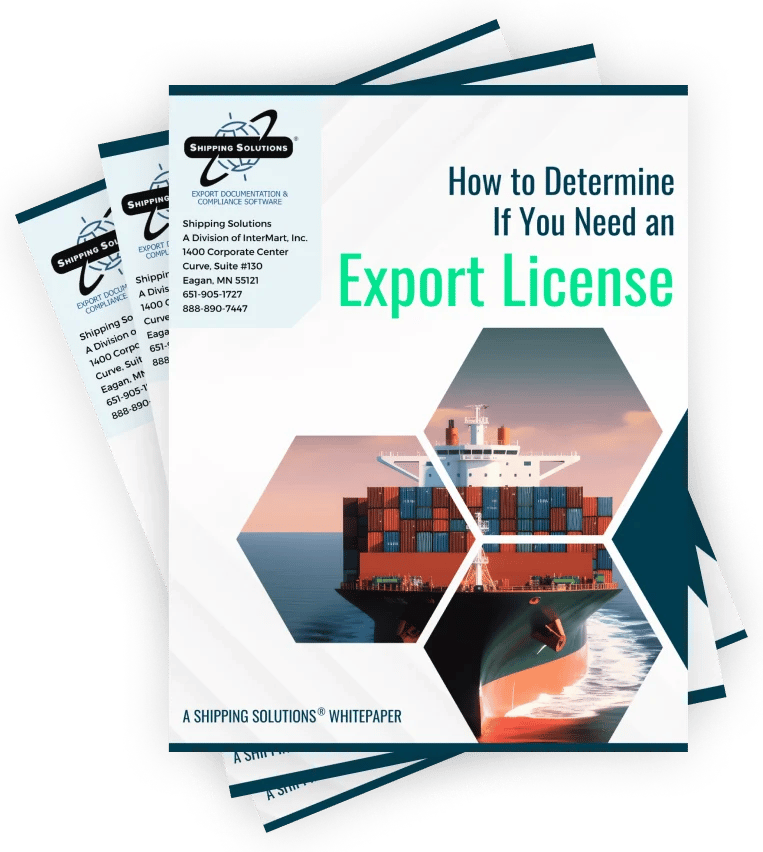The International Trade Blog Export Compliance
Trouble with Export Product Classification? CCATS Can Help
On: October 25, 2021 | By:  Arnesh Roy |
3 min. read
Arnesh Roy |
3 min. read
 As an exporter, it’s important to know if your product requires an export license to send it to a particular country. The first step of that process is determining which government agency has jurisdiction over your goods. In the United States, that’s usually either the Commerce Department or the State Department, although other agencies have jurisdiction over certain types of items.
As an exporter, it’s important to know if your product requires an export license to send it to a particular country. The first step of that process is determining which government agency has jurisdiction over your goods. In the United States, that’s usually either the Commerce Department or the State Department, although other agencies have jurisdiction over certain types of items.
For items that fall under the jurisdiction of the Commerce Department, which is most, you must determine the correct Export Control Classification Number (ECCN) for your goods. There are three ways to classify your goods under the Export Administration Regulations (EAR), which controls these items:
- Do it yourself following the Order of Review, which I discussed in my previous article.
- Request the classification from the manufacturer of the goods.
- Submit a commodity classification request—often referred to as a CCATS request—to the Commerce Department’s Bureau of Industry and Security (BIS) and have them help you make the determination. (CCATS stands for Commodity Classification Automated Tracking System.)
BIS outlines general guidelines for submitting a commodity classification request. For your convenience, I’ve outlined the process below.
CCATS Submission Requirements
You can submit a CCATS request through the BIS’s Simplified Network Application Process - Redesign (SNAP-R), which is the same portal you will use if it turns out you need to apply for an export license. You may request classification guidance for up to six items per request.
As part of your CCATS request, you need to include:
- The model or part number of your item.
- The ECCN or ECCNs that you believe apply to your product.
- Enough detail about the specifications of your product for BIS to compare your product with the ECCN description listed in the Commerce Control List. These descriptions often include very specific parameters, so it’s important to include detailed product information, or your request may be delayed as you email back and forth with BIS.
- Sales literature for your item. Your marketing materials may or may not have enough technical detail to make an ECCN determination, so make sure to supplement your literature with that additional information.
- Justification that your item is subject to the EAR and does not fall under the jurisdiction of the State Department, Energy Department, Nuclear Regulatory Commission, or the Patent and Trademark Office. BIS cannot classify items that fall under these other jurisdictions. If another agency has notified you that your good falls under Commerce Department jurisdiction, make sure you include that information on your application.
EAR99
Keep in mind that not all items controlled by the Commerce Department have an ECCN classification. You may get a determination that your product is EAR99, which means it is subject to the EAR but is not specifically described by an ECCN.
If your product is EAR99, that doesn’t mean there aren’t any export restrictions. There are other factors, such as the end use and end user of your item, that may require an export license. Read EAR99 Isn’t a Free Pass for Export Compliance for more information.
Like what you read? Subscribe today to the International Trade Blog to get the latest news and tips for exporters and importers delivered to your inbox.

About the Author: Arnesh Roy
Arnesh Roy was a Senior Inside Sales Representative at Shipping Solutions.


